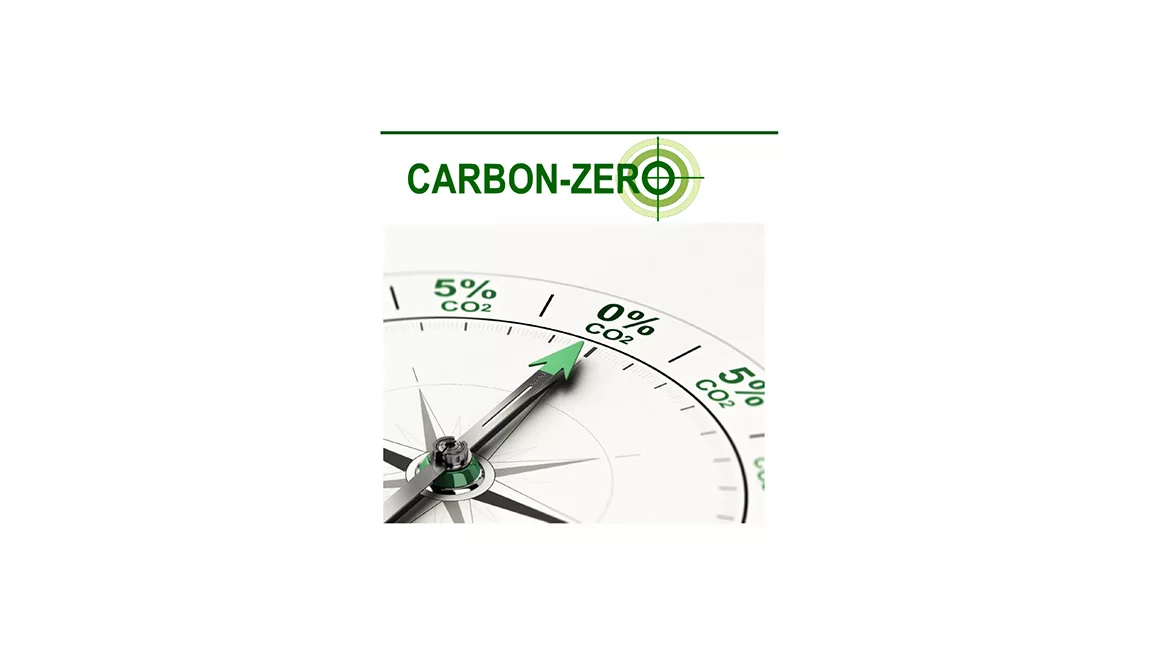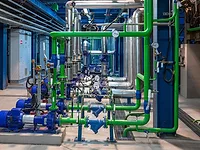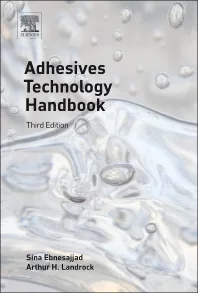“Pigging” Technology Reduces Carbon Footprint

Manufacturers of paints and coatings can now reduce their carbon footprint, every day, by using a liquid product recovery (often called 'pigging') technology, according to a new report from independent sustainability and energy consultancy Carbon-Zero.
Compared to conventional processes and in terms of equivalent carbon savings, HPS pigging technology reduces carbon emissions by over two tonnes every time a manufacturer changes the product pumped through the pipe. Usually several product changeovers occur per day.
Tonnes of Carbon Dioxide Saved Daily
Using water-based and solvent-based paint production as examples, the report demonstrates that around 2.6 tonnes of carbon dioxide equivalent are saved every time there is a product changeover. Because many companies will use one line for several different products, they make several changeovers every day.
Results Higher than Expected
The amount of carbon saved by pigging has not been specifically quantified before, and the results are higher than expected. Commenting on the report, Peter Elgar from HPS said, "we’ve always known that HPS technology lowers the carbon footprint of companies that use it, but we’ve never really put a figure on it before.” The report also shows that, when taking into account the embodied carbon used in manufacturing the pigging system, the carbon payback periods are instant. Savings of over 95% carbon emissions per changeover are achievable. Elgar continues, “the results of Carbon-Zero’s report are fascinating. And to be honest the amount of carbon saved is higher than most of us thought.”
Wide Range of Benefits
As well as carbon reduction, pigging delivers many other benefits to just about any industrial process that pumps liquids through pipework. These benefits include increased yields and capacity, more efficient operation, and significant reduction in product waste, as well as cutting cleaning chemical and water usage. This technology is used in manufacturing everything from paints and coatings to drinks, foods, household detergents, cosmetics, pet foods, confectionery, industrial lubricants, chemicals and many other liquids.
Many Different Sectors
When asked if the carbon savings in paint production are relevant to other sectors that process liquids, Elgar replied, “the carbon savings from using pigging systems in paint production are a great example. But the principle is much the same no matter what the product – it could be paint, wine, sauces, pet food, industrial lubricants, perfume, or toothpaste being pigged – the carbon savings are going to be high compared to the conventional flush process.”
Importance of Carbon Reduction
Manufacturing companies across the world are reducing carbon emissions to meet regulations, become more efficient, be more appealing to their customers, or because of pressure from investors. For most, reducing greenhouse gases to try and reduce climate change is just the right thing to do.
Environmental Benefits Receiving a Change of Emphasis
HPS pigging technology has been around since the 1990s and is used in manufacturing plants throughout the world. However, environmental sustainability and embedded carbon reduction have not always been the key reasons that liquid processing companies implement the technology. Elgar explains, “a few years ago, our clients were mainly interested in the major improvements in yields, productivity and operational efficiency given to them by HPS pigging technology. While these are still of course important, the environmental benefits of pigging, including water savings as well as carbon footprint reduction, are now given equal, if not higher importance”
The report is available from media@hps-pigging.com or as a free download from the following link: Carbon Footprint Reduction Report - HPS Pigging Technology.
Looking for a reprint of this article?
From high-res PDFs to custom plaques, order your copy today!








